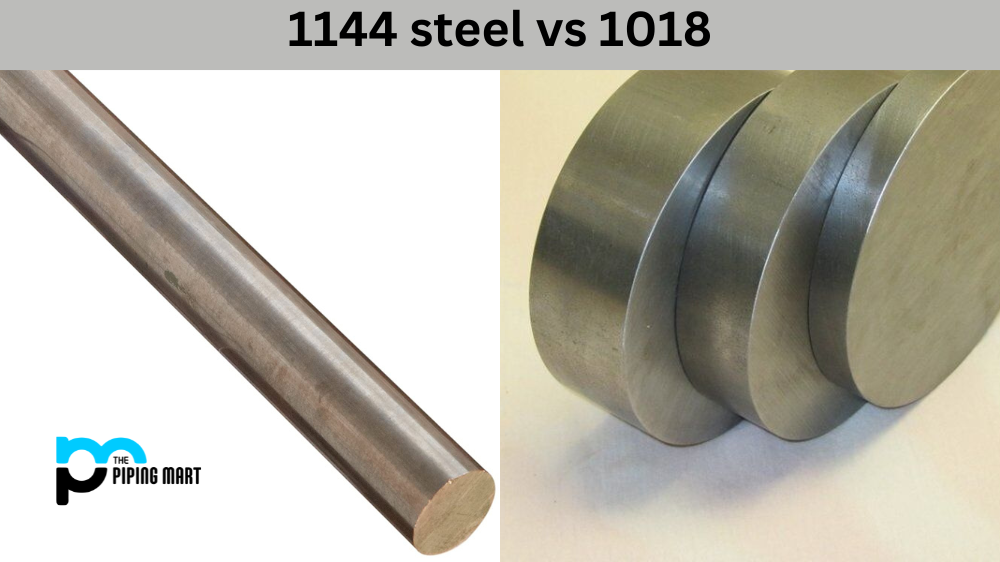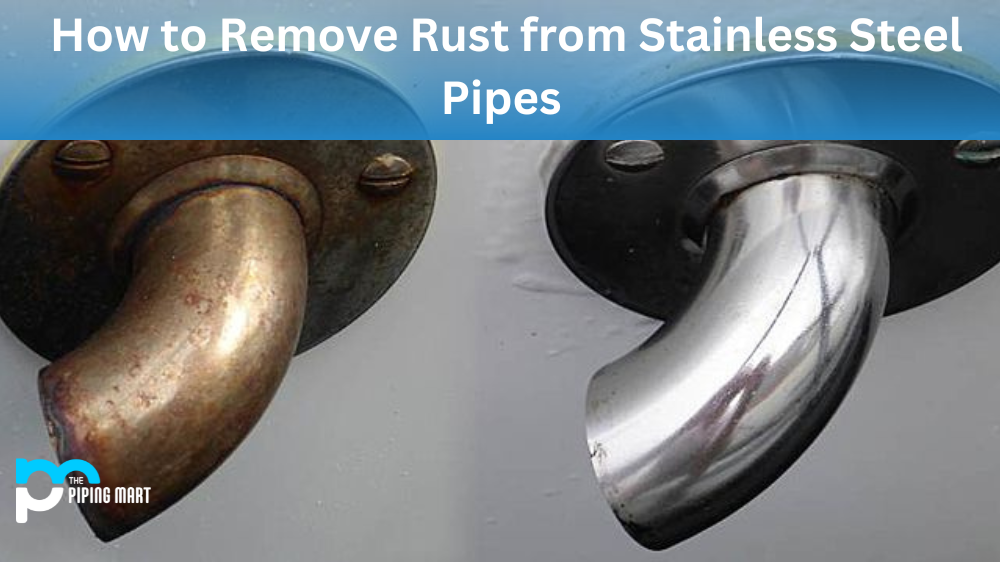Steel is one of the most versatile and widely used materials in manufacturing today. It offers a unique combination of strength, durability, and affordability, making it ideal for various applications. However, not all types of steel are created equal, and it’s important to understand the differences between them to choose the right material for your project.
Difference Between 1144 Steel and 1018
Two of the most popular types of steel are 1144 and 1018. Both are carbon steels, which means they are primarily composed of iron and carbon, but there are some key differences between them. In this blog post, we’ll compare the strengths and weaknesses of 1144 and 1018 Steel to help you decide which is right for your project.
Strengths
1144 steel is a medium carbon, desulfurized steel. Resulfurization is a process that involves adding sulfur to molten steel to improve its machinability. The addition of sulfur makes the steel easier to cut, drill, and machine, making it a popular choice for manufacturing parts and components requiring high precision.
Another strength of 1144 steel is its higher tensile strength compared to 1018 steel. Tensile strength is the maximum stress a material can withstand before it breaks. This makes 1144 steel a great choice for applications that require high tensile strength, such as automotive parts, axles, and bolts.
Weaknesses
The main weakness of 1144 steel is its lack of weldability. Resulfurization improves machinability but degrades weldability. This means welding 1144 steel with preheating or post-weld heat treatment is easier. This may be fine if welding is not a requirement for your project, but it’s something to keep in mind.
Strengths
1018 steel, or “low carbon steel,” is a popular choice for manufacturing parts that don’t require high tensile strength. One of the strengths of 1018 steel is its excellent weldability. It can be easily welded and brazed, making it an ideal choice for projects that require welding or brazing.
Another strength of 1018 steel is its affordability. Compared to other types of steel, 1018 steel is relatively inexpensive, making it a popular choice for manufacturers who need to keep costs low.
Weaknesses
The main weakness of 1018 steel is its low tensile strength. While it can be used in a wide range of applications, it may not be suitable for parts that require high tensile strength, as it has a lower ultimate tensile strength than 1144 steel.
Conclusion
In conclusion, both 1144 steel and 1018 steel have strengths and weaknesses. If you require a material that is easy to machine and has high tensile strength, then 1144 steel is the better choice for your project. However, if you need a material that is easy to weld and braze and is affordable, then 1018 steel is the way to go. Ultimately, the type of steel you choose will depend on the specific requirements of your project. We hope this comparison has helped guide you towards the right material for your next project!

A passionate metal industry expert and blogger. With over 5 years of experience in the field, Palak brings a wealth of knowledge and insight to her writing. Whether discussing the latest trends in the metal industry or sharing tips, she is dedicated to helping others succeed in the metal industry.




